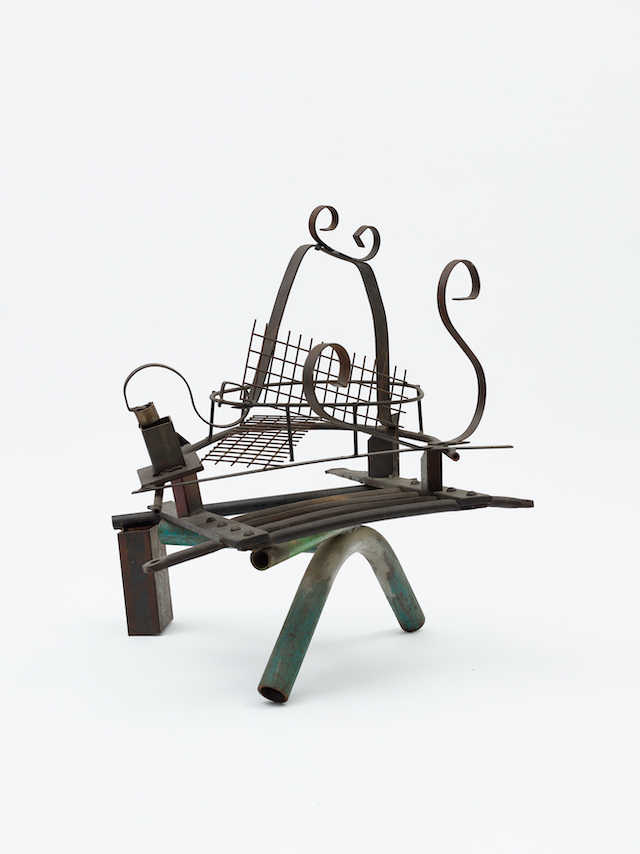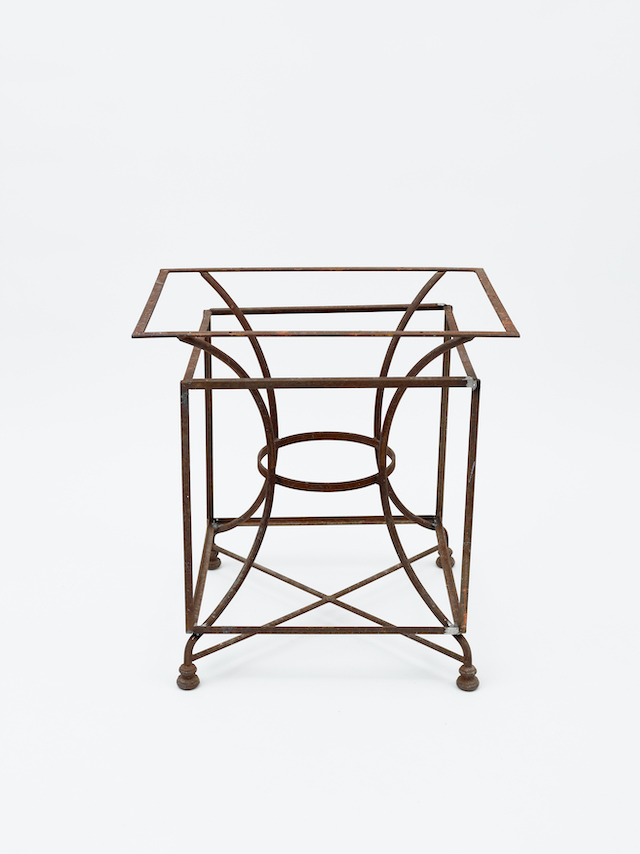In a new exhibition at The Stephen Lawrence Gallery, rare and previously unseen sculptural works from the iconic artist are brought to the fore
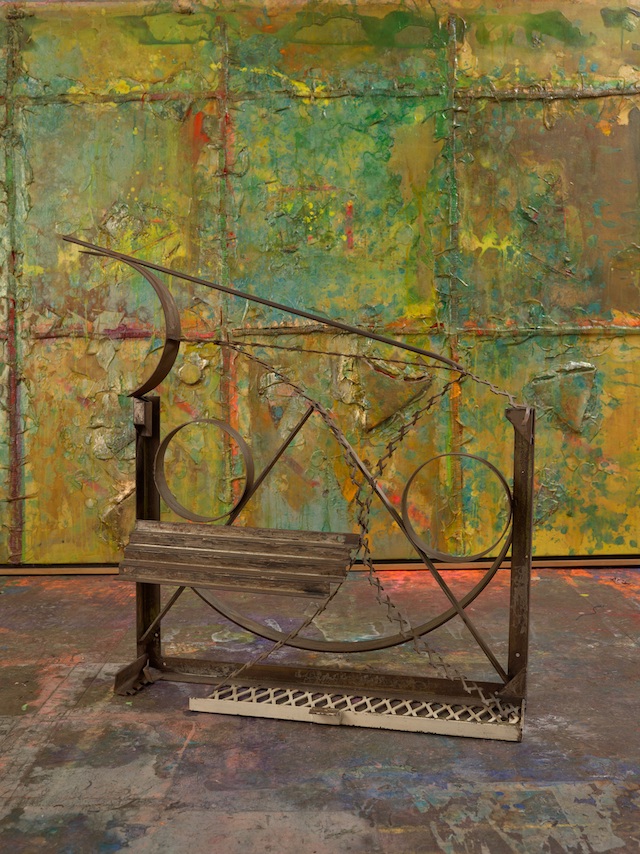
There is unlikely a more prominent or influential name in the world of art than Frank Bowling, a painter and sculptor born in Guyana and based in London. Renowned for his use of colour and experimentation, the former RCA grad – who studied alongside the likes of David Hockney and R. B. Kitaj – spent the next 60 years fine-tuning his medium, working his way to masterdom while developing a style that merges new materials and methodologies. From iconic Map Paintings to an artwork (named Tony’s Anvil (1975)) featuring pouring paint dripping down the canvas, perhaps his paintings are what Frank is best-known for. Little does the world know about his sculptural pieces, which is precisely what a new exhibition at The Stephen Lawrence Gallery opening on 15 July aims to address. In a conversation with curator Sam Cornish, we chat about Frank’s enduring influence, his pivotal works, and the reasons why his sculptures have remained in the shadow – until now.
“Painting has to release certain sculptural aspects, but it also has to retain aspects of the sculptural to hold its own on the wall, in order for it to be a thing.” – Frank Bowling
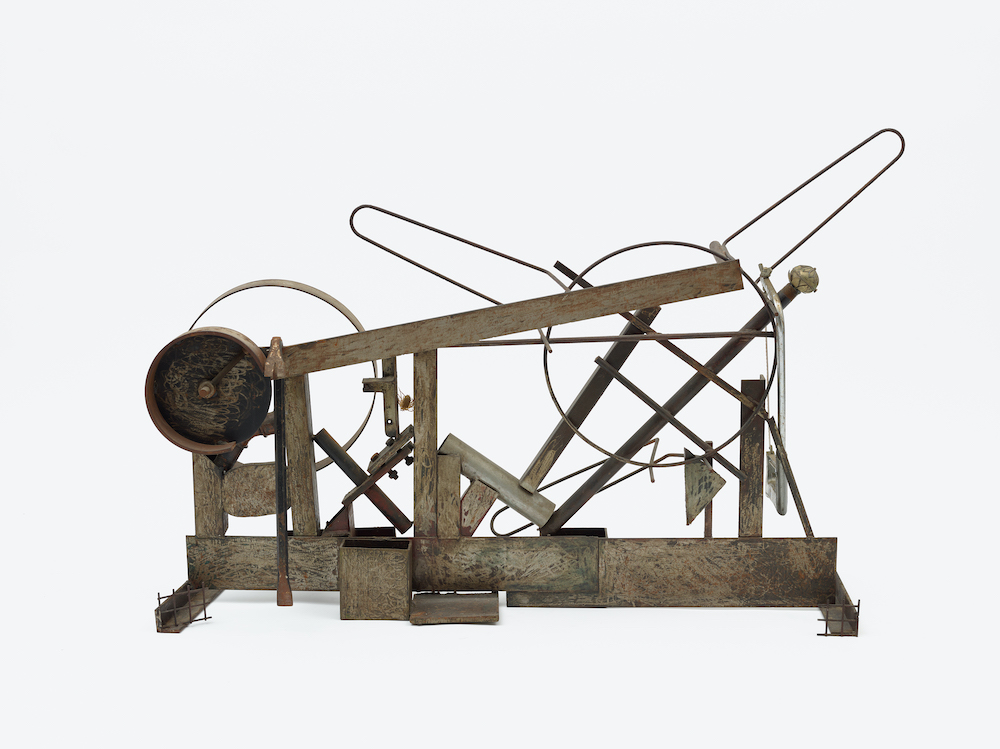
This is the first exhibition to focus on Frank’s sculptures. Why have these works been overlooked in the past?
Interest in Bowling’s art has risen vertiginously in the last decade or so. Inevitably there are lots of areas which haven’t been explored, especially given the peculiar complexities and contradictions of his art and attitudes. At the moment interest has been concentrated in his earlier work, his Expressionist pictures, his conflicted Pop paintings and, most significantly his Map Paintings; all areas open to sociological or political analysis. This is all well and good, and in line with the mood of the time, but I think there are lots of aspects of Bowling’s work that these approaches struggle with. Bowling’s making of sculpture has been fairly isolated, so naturally have taken a back seat. His paintings’ interactions with sculpture, or the idea of the sculptural, has been remarked upon before, but my project argues it has a much more central generative role within the trajectory of his work.
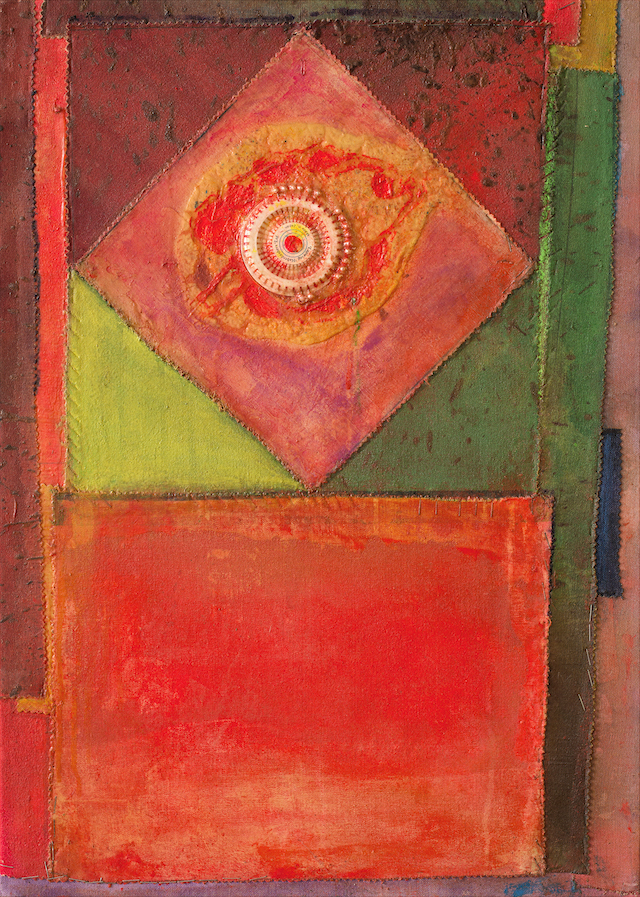
Can you give some details into Frank’s relationship with sculpture? What defines his style and processes, and how did you want to represent this in the show?
We are showing seven steel sculptures by Bowling, which is probably about half he has ever made, and almost all that survived. Six were made between 1988 and 1991 and the seventh completed this year, for the exhibition. I relate his work in steel to Anthony Caro, to Cubism, to classical African Art and the art of the abstract artists of the early twentieth century of Russia and Eastern Europe. This mix of influences are handled playfully. Bowling makes a virtue of being an amateur, or at least occasional, sculptor: they do not have any tricks, but they do have a direct and in a sense surprising physicality.
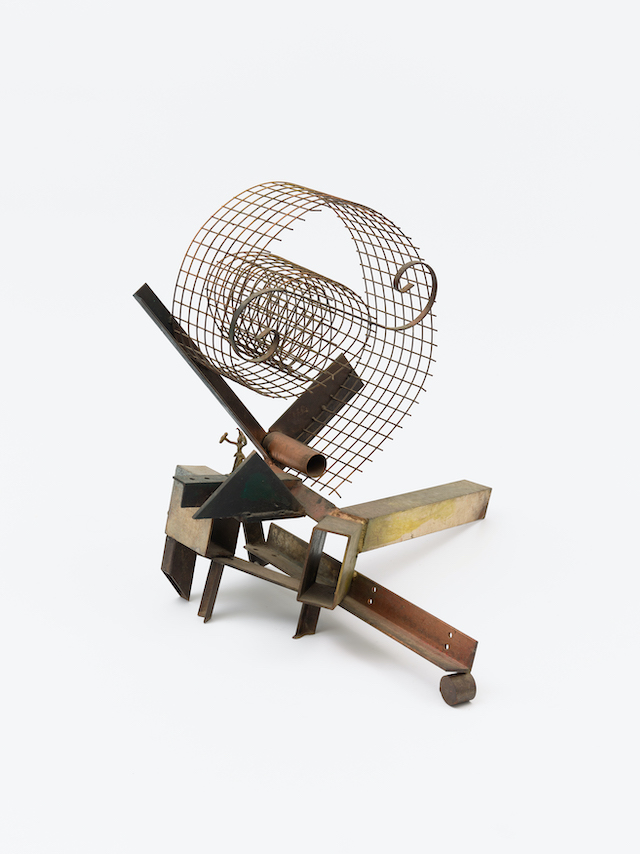
What comparison can be made between his sculptures and paintings?
There are many connections and overlaps. One is persistent interest in geometry, one of Bowling’s key concerns from the very beginning of his career. Bowling has commented that he turned to sculpture because he thought Colour Field Painting ‘lacked structure’. Geometry, whether used to determine the overall proportions of his paintings, or more physically present as a kind of substructure, has been crucial for Bowling to help him give his paintings a sense of order. There are a number of instances in the exhibition where similar geometric structures can be seen in painting and sculpture.
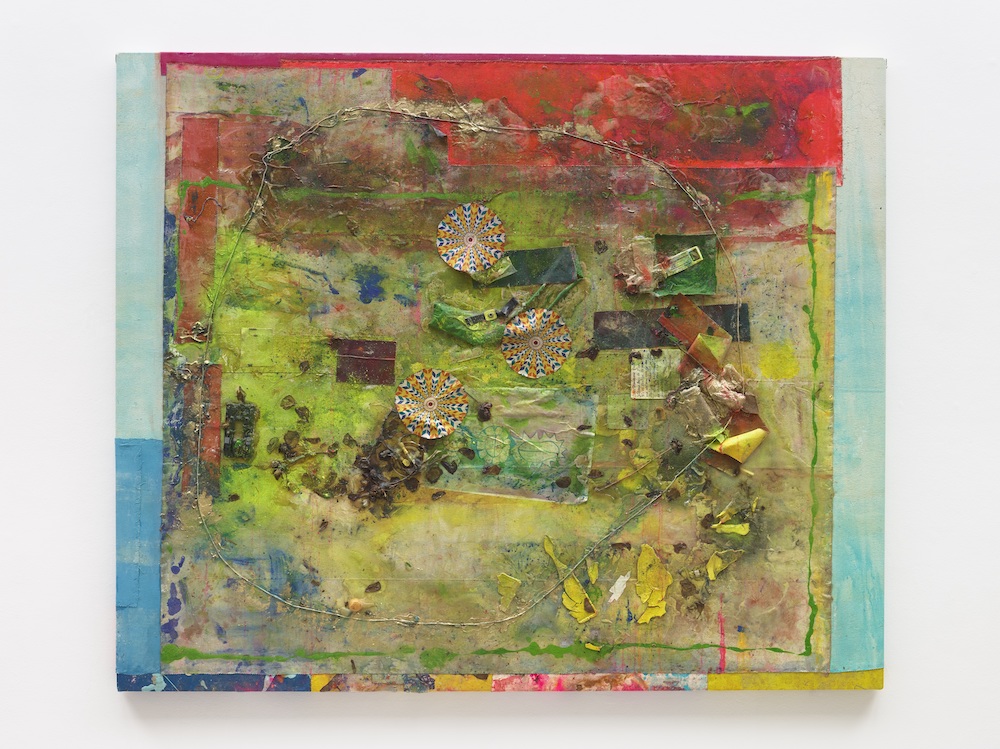
How did you curate the show, what works did you seek to include? Can you pick out some highlights?
The 1988-91 sculptures chose themselves, although I was very pleased that Bowling had What Else Can You Put In A Judd Box completed, so it could be included. And we were very grateful to include a sculpture from a private collection. I could have kept the selection limited to paintings contemporary with the 1988-1991 sculptures, but I decided to include works from across the career, from 1960 until 2019. This gives a broader sense of the different ways his paintings have interacted with sculpture, which also creates an inherently more interesting, and I hope, exciting, display.
Sentinel, one of Bowling’s Poured Paintings of the mid-70s is a highlight for me. But I also love Brooklyn III, which at first seems monochrome. The way Brooklyn III sits next to the very busy, object strewn and colourful surface of Mummybelli is something I am especially pleased with. The similarities outweigh the differences, which would be difficult to anticipate from photographs. I think the harmony is to do with light and the way a sense of underlying movement is contained by the overall rectangle. Of the sculptures, Angharad’s Gift Patagonia and The Man Who Mistook His Wife for a Hat are my favourites: I’ve looked at both many times before, but they feel very different in this exhibition. The rigour of Angharad’s Gift Patagonia is clearer in the gallery space, while there are a few elements of The Man Who Mistook His Wife for a Hat I hadn’t noticed before. I could go on, because all the works bring something special to the display.

Any notes about the structure and pace of the exhibition itself? How do you hope the audience will experience it?
The exhibition space is divided roughly in half, with an upper and lower level, separated by a ramp and some partition walls, although with enough space left to easily look from one to the other. The paintings are hung visually, in dialogue with each other and the sculptures, rather than in chronological or thematic order. I wanted to mix large and small works, partly because of the spaces of the Stephen Lawrence Gallery, and partly because some recent displays of Bowling’s art have perhaps overemphasised literal monumentality. The movement from the very small incidents of colour and texture to very large panoramas is hugely important to Bowling’s paintings, so in a way it makes sense that his larger works can sit alongside his smaller. Obviously I had some hunches before I started about how the works would interact but I was pleasantly surprised at how many inter-connections there were, congruences of shape or structure, or materiality, even in a few instances, of colour. I would hope the viewers would pick-up on at least some of these and also notice things I haven’t.
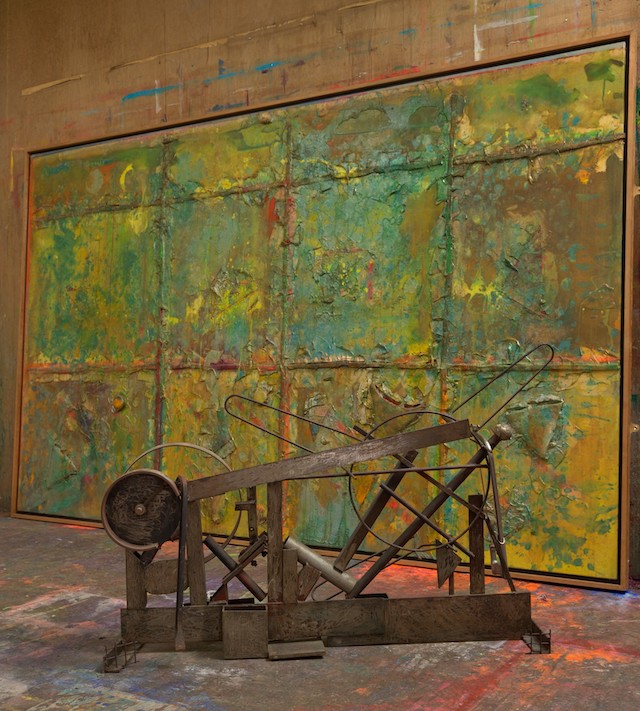
What’s the main goal with the show, what can the audience learn?
I hope it’s more pleasurable than didactic. But I guess I want to impress upon people the complexity and range of Bowling’s interaction with sculpture. There has been a lot written about Bowling and landscape. I think that his more fundamental concern is with evoking human presence, and I would be pleased if that were communicated at some level.
Frank Bowling and Sculpture is at The Stephen Lawrence Gallery, University of Greenwich, London from 15 July – 3 Sept 2022. To coincide with the opening of the exhibition a new standalone monograph Frank Bowling: Sculpture has been published by Ridinghouse.
